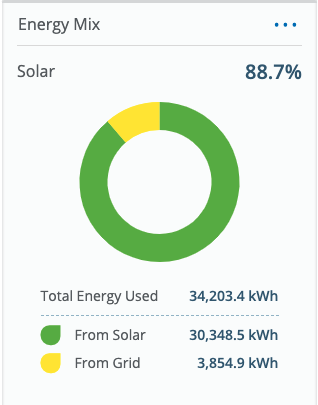Geothermal
We have a house in the northeast United States where the summers are warm and the winters are cold. We have solar on the roof and we heat and cool this house with electricity. This is the electrical generation/consumption chart for all of 2020 for that house:

We produce almost all of the heating and cooling for that house with solar power. How do we do that?
We use geothermal energy to heat and cool it. We drilled wells down into the earth and pull water up to heat the house in the winter and cool the house in the summer.
The combination of solar on the roof and geothermal heating and cooling is powerful and can get you off the grid if you design your house appropriately. It will be hard for us to get our house completely off the grid because we have large south-facing windows that generate a lot of solar load. But even with that, we are pretty close.
Geothermal is a technology with a lot of potential to address the climate crisis and we have been studying it at USV.
My colleague Hanel wrote an excellent post on USV.com last week talking about our interest in Geothermal and areas we are most interested in investing in.
Here is the opening paragraph:
Geothermal energy has massive potential: just 0.1% of the Earth’s heat content could supply humanity’s total energy needs for two million years. Geothermal power is essentially inexhaustible and resilient; unlike solar and wind, it can run as baseload power around the clock, and uses a reliable, onsite resource not subject to surface climate conditions or fuel-price volatility.
You can read the rest here. If you are working on a geothermal startup, go read Hanel’s post and you can reach out to her on Twitter if you want to talk to us about what you are working on.






